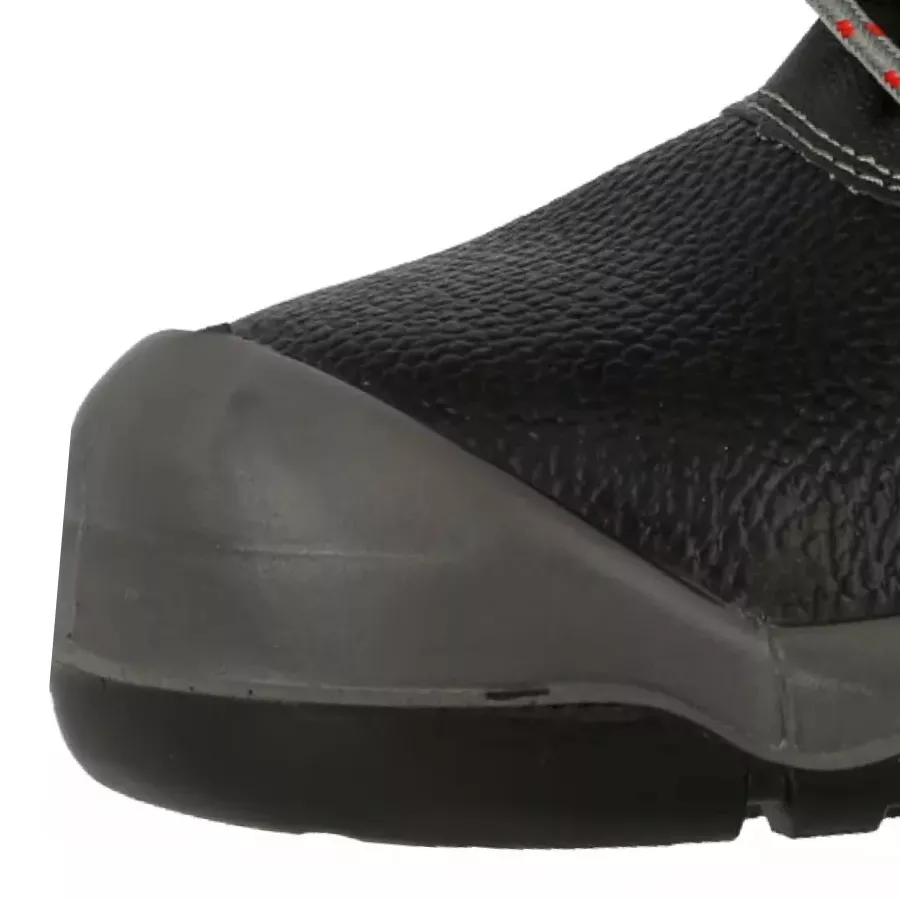


Features You'll Love

Steel Toe Cap protects your feet from impacts while keeping confidence in every step.

Perforation-Resistant Midsole shields you from sharp objects for secure movement on any surface.

Well-Padded Bootleg wraps your ankles in warmth and comfort throughout long winter days.

Slip-Resistant Outsole ensures stable footing on icy or wet surfaces so you can move safely.
Nitras
STEP MID+ W S3 Safety Winter Boots, Black
STEP MID+ W S3 Safety Winter Boots, Black
5 / 5
32,11 €
Choose size
Shipping fee is 7,95 € for orders under 80,00 €
Features You'll Love

Steel Toe Cap protects your feet from impacts while keeping confidence in every step.

Perforation-Resistant Midsole shields you from sharp objects for secure movement on any surface.

Well-Padded Bootleg wraps your ankles in warmth and comfort throughout long winter days.

Slip-Resistant Outsole ensures stable footing on icy or wet surfaces so you can move safely.
Product description
Professional winter safety boots featuring comprehensive protection with dual steel safeguards - a toe cap and perforation-resistant midsole. These S3 CI-rated boots combine durability with comfort through their grain leather construction and full winter lining. The ergonomic design includes a flattened heel for natural foot movement and a well-padded bootleg for extended wear comfort.
Product Features:
- Full winter lining throughout interior
- PU/TPU composite outsole for durability
- Steel toe cap with additional protective cap
- Steel perforation resistant midsole
- Well-padded bootleg with open eyelets
Technical Details:
- S3 CI safety rating
- Antistatic properties
- Energy-absorbing heel region
- Water penetration and absorption resistant
- Fuel oil resistant outsole
